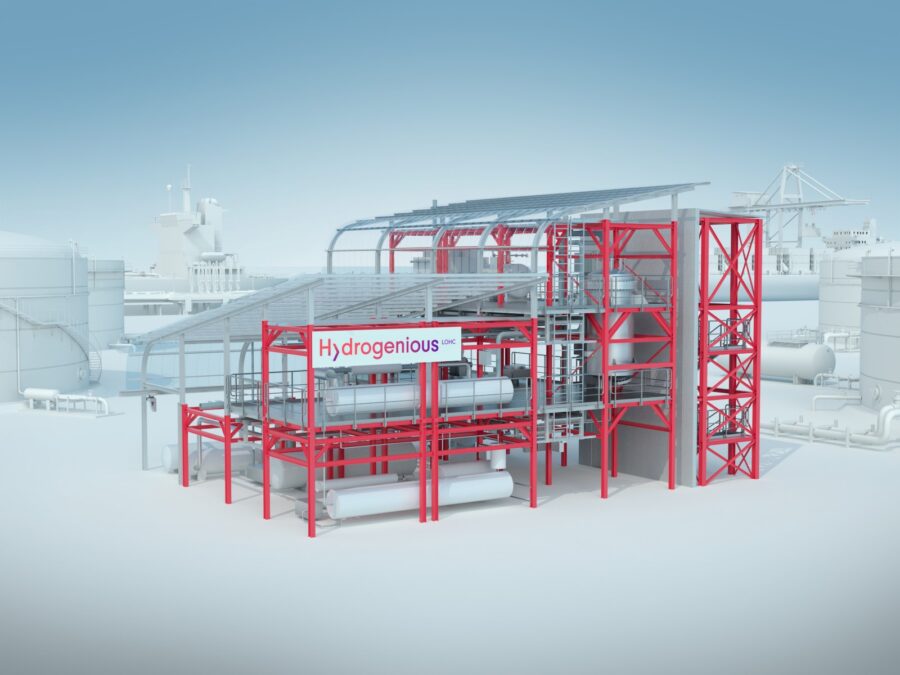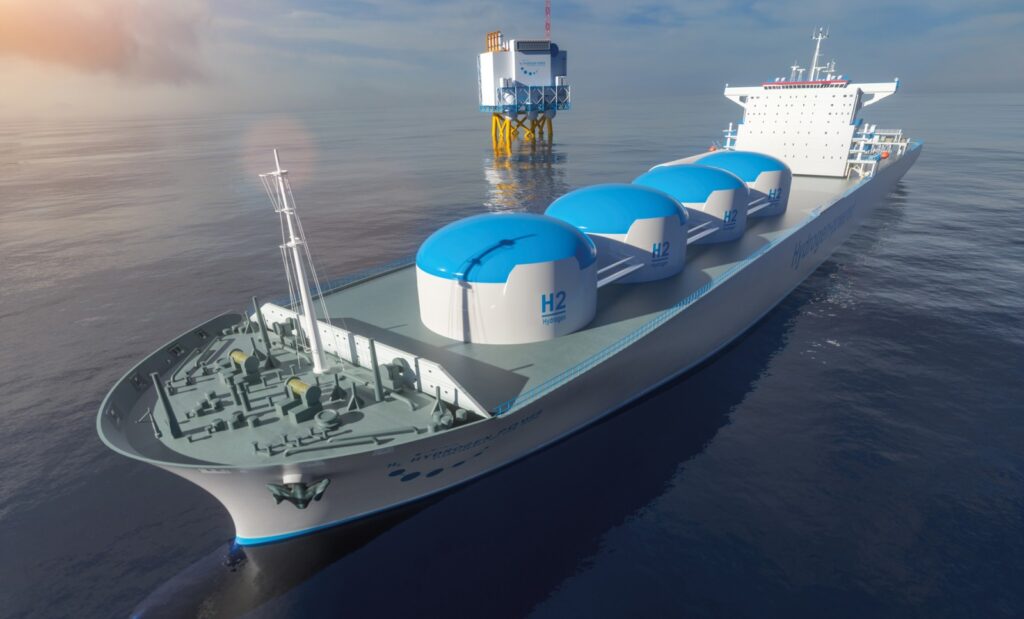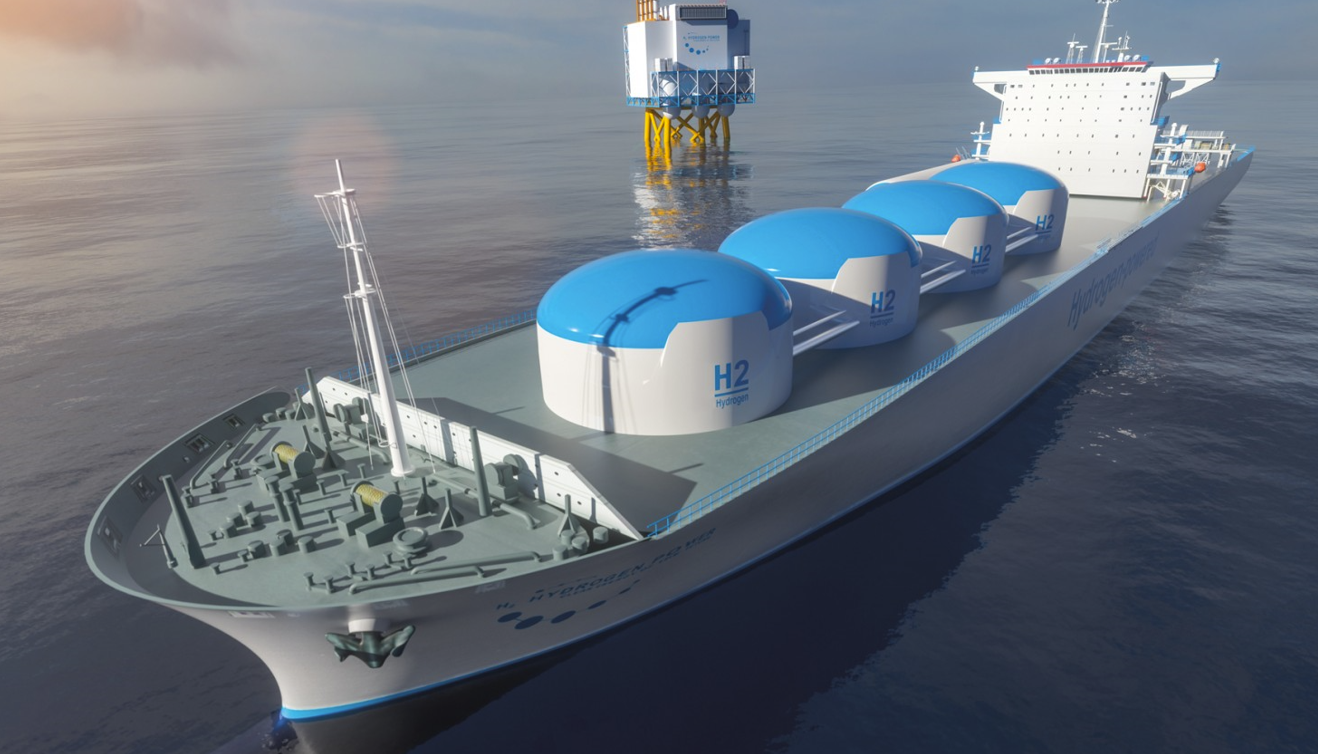Navigating the Future of Hydrogen Transport and the Crucial Role for Hydrogen Carriers in the Amsterdam Region
The port of Amsterdam stands in the midst of a significant transformation in the global energy landscape, as it gears up to become a key location in the import and distribution of green hydrogen. This shift is propelled by the increasing demand for sustainable energy solutions and the strategic need to close the demand-supply gap for green hydrogen in Northwest Europe. As part of this initiative, the focus on identifying and leveraging the most effective hydrogen carriers is paramount.
The Imperative for Importing Hydrogen
In alignment with the Paris Agreement’s objectives, the import of green hydrogen is critical for fulfilling the growing energy demands of the North Sea Canal Area (NSCA) and its hinterland. Due to the relatively low energy density of hydrogen in its gaseous state, it is economically advantageous to transport hydrogen in liquid or solid forms, or linked to hydrogen carriers. This consideration becomes more significant given that the regions producing green hydrogen, often rich in solar and wind resources, are located far from Amsterdam.
Overview of Hydrogen Carriers
The exploration of hydrogen carriers involves a detailed assessment of their advantages and disadvantages across different dimensions, such as operational efficiency, technology readiness, economic viability, and environmental impact. Here is a brief overview of the key carriers outlined in this JRC report:
- Compressed Hydrogen (CGH2): Uses standard container handling systems but is limited to small volumes.
- Liquid Hydrogen (LH2): Involves cooling hydrogen to -253ºC to increase its energy density per volume, which poses significant storage and handling challenges.
- Liquid Organic Hydrogen Carriers (LOHCs): Organic compounds that can chemically bind and release hydrogen, suitable for re-purposing existing fossil fuel infrastructure.
- Solid Hydrogen Carriers: Typically involve chemical compounds like borohydrides that release hydrogen when treated, presenting a viable option for bulk transport.
- Ammonia and Methanol: While both are effective carriers, their higher value for direct industrial uses and the complexities associated with ammonia handling have led to their lower prioritization.

Source: https://www.rolandberger.com/en/Insights/Publications/Transporting-the-fuel-of-the-future.html
Current Projects in the port of Amsterdam
The port of Amsterdam is actively developing several projects centred around these carriers:
- Project EOS: Focuses on importing green hydrogen in liquid form, considering locations like the Sunoco Amsterdam Terminal for setting up import facilities.
- LOHC Import Chain: Developed by Evos and Hydrogenious, aiming to establish a chain for importing hydrogen via liquid organic carriers.
- Solid Hydrogen Carrier Initiative: Led by Electriq, this project explores the use of potassium borohydride as a carrier, with a demonstration facility planned within the port.



Sources: electriq, hydrogenious, www.rolandberger.com
Aligning Carriers and the City
While the port recognises the potential of various hydrogen carriers, it strategically opts to focus on carriers that align better with the region’s infrastructure capabilities and safety standards. As the paradigm of hydrogen transport evolves, the port of Amsterdam is positioned to play a pivotal role in shaping the future of green hydrogen supply chains. With a diverse mix of carriers likely to dominate the landscape, the port’s initiatives are crucial in ensuring that the right carriers are used to meet the specific needs of different application areas. This strategic approach not only enhances the port’s role in the global energy transition, but also ensures that Amsterdam remains at the forefront of sustainable and innovative energy solutions.

